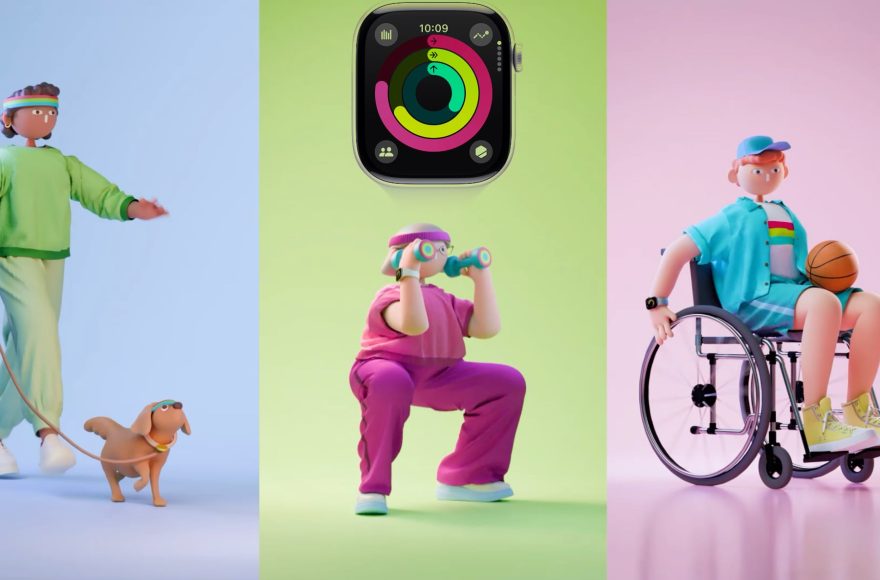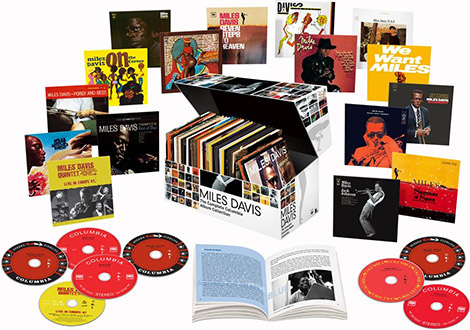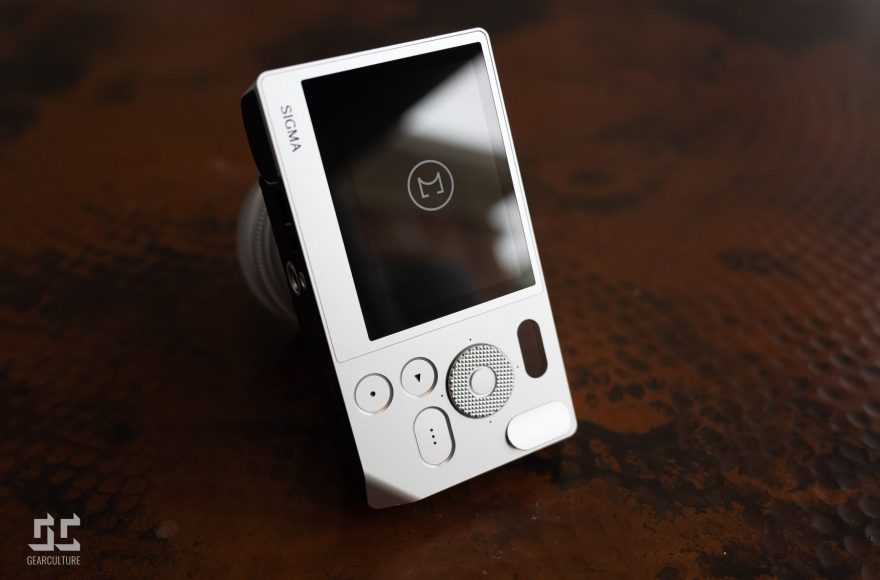I Tested AirPods Max’s New Lossless Audio—It’s the Real Deal
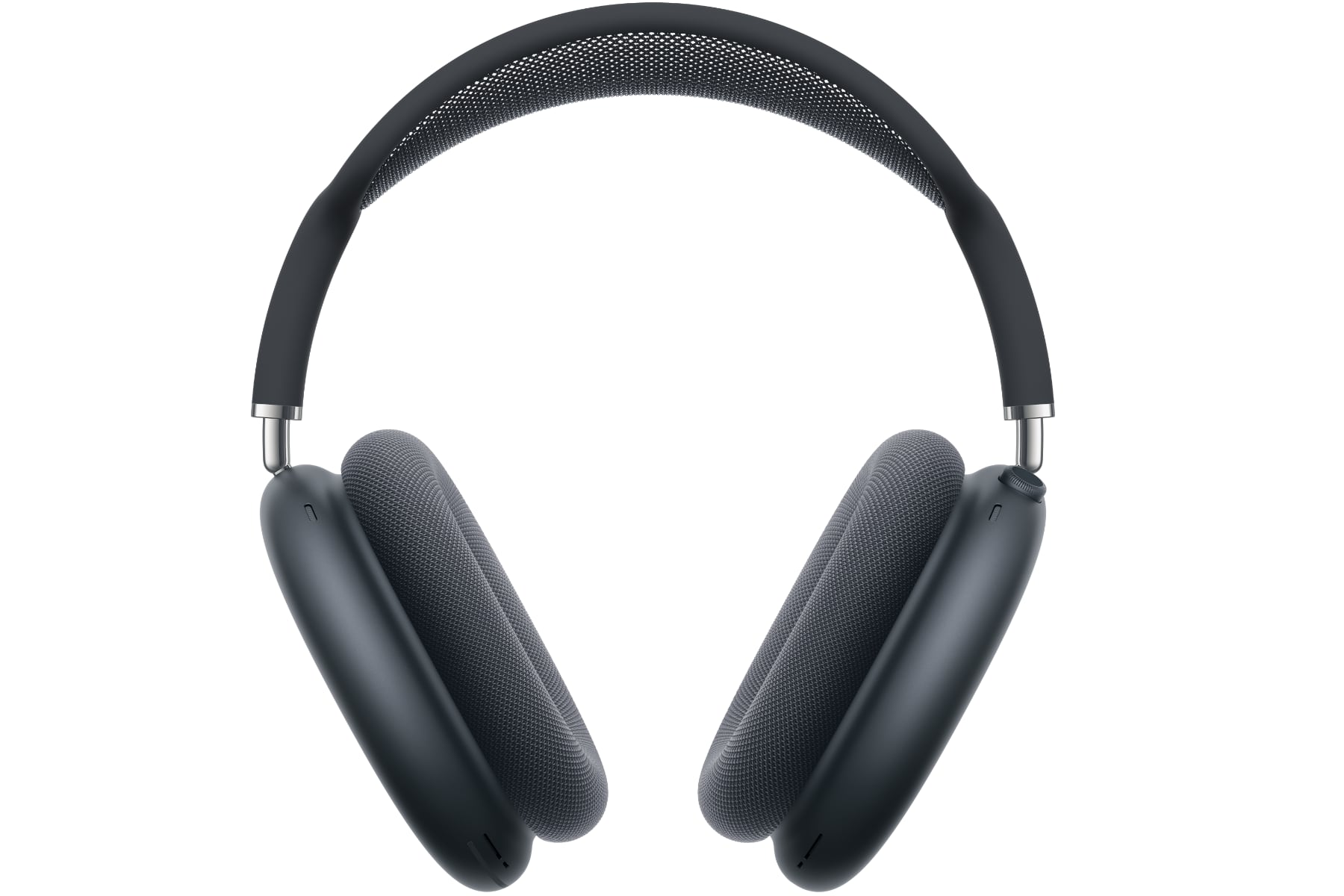
Apple’s AirPods Max were always impressive, though at $550, some listeners felt something was missing—true lossless audio playback. With iOS 18 and the new USB-C connection, that gap has finally closed. But can you really hear the difference? And does this make Apple’s most expensive headphones finally worth their premium price? Let’s find out.
The journey to lossless audio support for AirPods Max has been surprisingly long. Initially launched in December 2020 with a Lightning connector, they’ve now transitioned to USB-C. With this latest iOS 18 update, Apple has unlocked a feature that brings these premium headphones closer to the audiophile experience many have been hoping for.
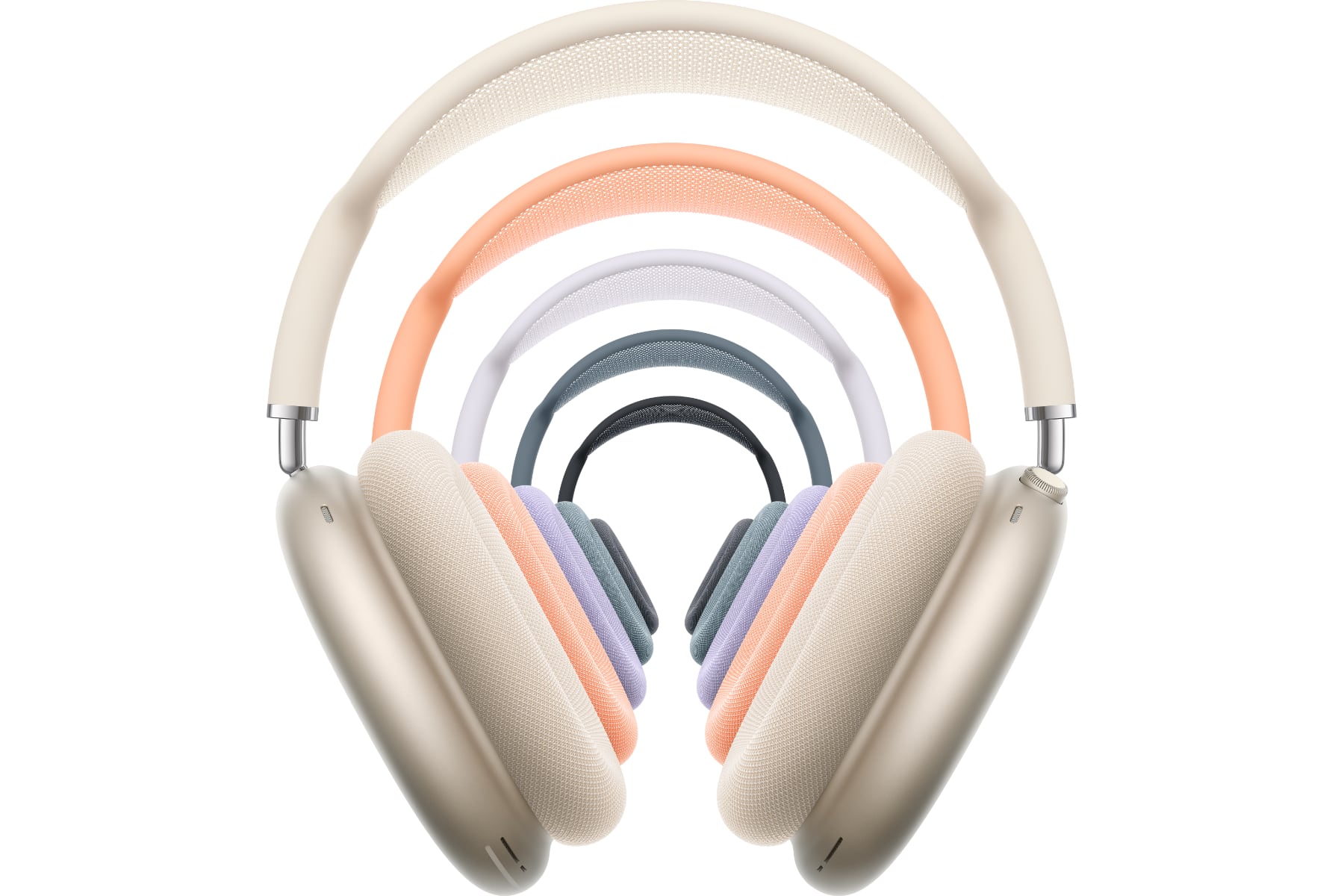
Understanding Lossless Audio
Digital audio exists in two fundamental categories: compressed and lossless formats.
Compressed formats like MP3 and AAC (what you stream over Bluetooth) shrink music files by permanently removing parts of the sound data. They keep what’s most noticeable while discarding the rest. Think of it like shrinking a photo to send in a text message—it looks similar but loses fine details when you zoom in.
Lossless audio keeps every bit of the original recording intact. Nothing gets thrown away. When you listen to lossless audio, you’re hearing exactly what the recording engineers intended with all subtle details preserved. The tradeoff? Lossless files are much larger and require more bandwidth to stream.
Technical Essentials: Bit Depth & Sample Rates
The AirPods Max with USB-C now support lossless audio up to 24-bit/48kHz. This exceeds CD quality (16-bit/44.1kHz) and provides an excellent listening experience that captures all the nuances most human ears can detect.
Bit depth (measured in bits) determines the dynamic range—essentially the difference between the quietest and loudest sounds. Higher bit depth means more potential volume levels and greater nuance in quiet passages.
Sample rate (measured in kilohertz or kHz) defines how many times per second the audio is sampled. Human hearing typically tops out around 20kHz, and the 48kHz sample rate can theoretically reproduce frequencies up to 24kHz—more than sufficient for even the most particular listeners.
How to Enable Lossless Audio on Your AirPods Max
Getting lossless audio working with your USB-C AirPods Max is straightforward:
- Connect your headphones using the USB-C cable to your iOS device
- Go to Settings → search for “Music” → tap “Audio Quality”
- Toggle on “Lossless Audio”
- Select your preferred quality for streaming (cellular, Wi-Fi) and downloads
- For best results, choose “High-Resolution Lossless” (AirPods Max will use the highest quality they support)
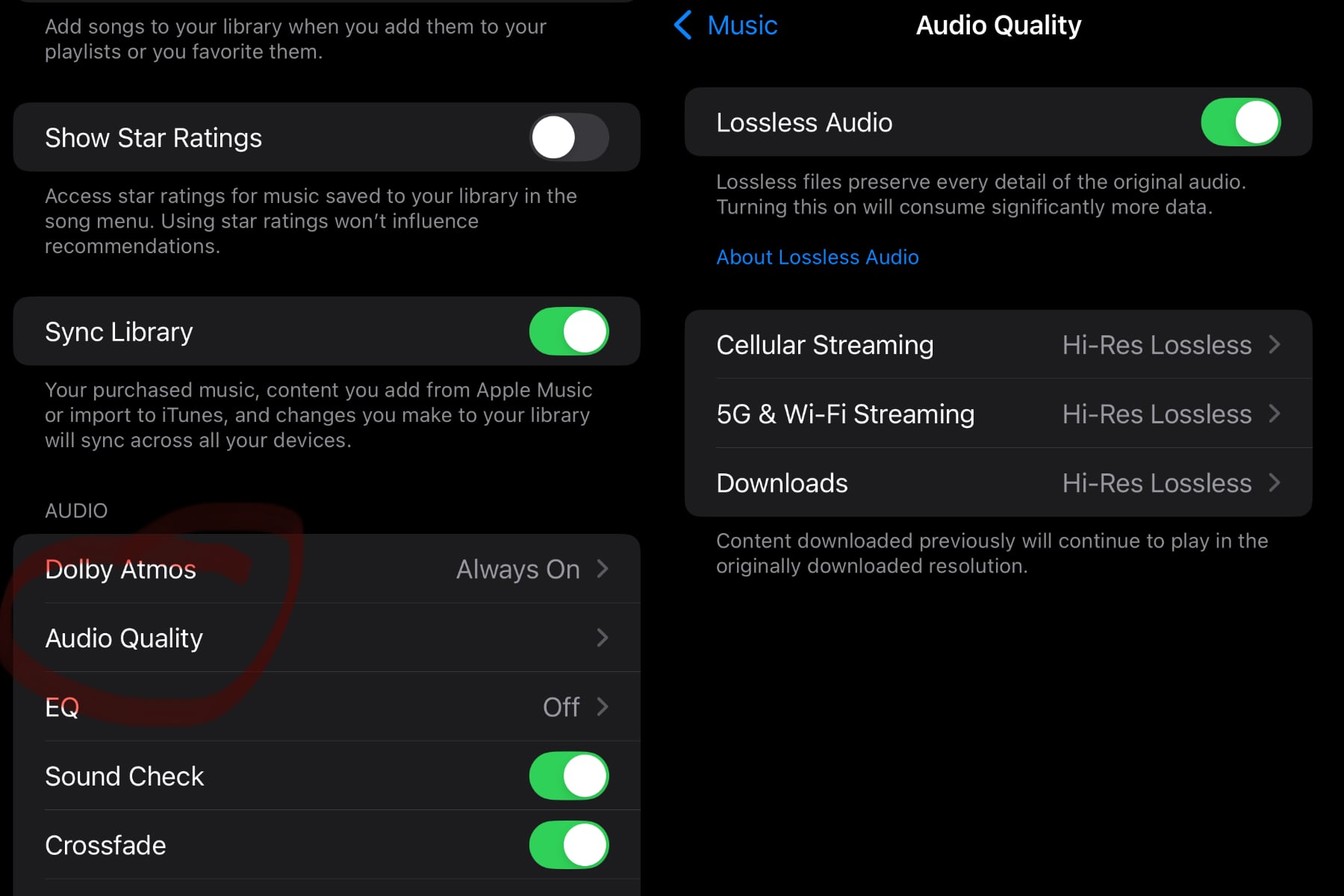
To verify you’re getting lossless audio: While playing a track in Apple Music, look for the “Lossless” or “Hi-Res Lossless” label beneath the playback controls. Tap this icon to see the exact bit depth and sample rate.
The Million-Dollar Question: Hearing the Difference
Trained ears will immediately notice subtle improvements, especially in clarity and spaciousness. The soundstage—that mental image of where each instrument sits in the recording—becomes more precisely defined, while high frequencies gain sparkle and bass response tightens up.
However, these improvements aren’t always immediately obvious. Your ability to perceive them depends on multiple factors: the recording quality, musical complexity, your listening environment, and your familiarity with the material.
The best way to determine if lossless makes a meaningful difference to you is to conduct your own A/B test. Connect your AirPods Max via USB-C, play a familiar track in lossless quality, then disconnect and listen to the same section wirelessly. Focus on specific elements like vocal textures, cymbal decay, or bass definition.
Music Examples to Test
Vocal-Forward Tracks
Norah Jones – “Don’t Know Why”
The vocal intimacy in this track is immediately striking with lossless audio. You can hear Norah’s breath control, the softness of her vibrato, and the slight intake before each line. The light drum work—especially brushed cymbals—gains extra shimmer and spatial realism. Even the upright bass, which sits deeper in the mix, feels tighter with more defined finger plucks.
Adele – “Love in the Dark”
This is a perfect reference for depth and dynamics through vocal presence and orchestral backing. Switching between wireless and wired reveals string textures and vocal air that simply get flattened in Bluetooth transmission. The emotional weight of the performance comes through more completely in lossless.
Pop & Contemporary
Olivia Rodrigo – “drivers license”
Over Bluetooth, the depth in her voice and the soft piano gets dulled. Lossless brings out the ambient textures, sharper reverb tails, and the swelling orchestration as the track builds. Her vocal air in the chorus especially opens up with more space and emotional nuance.
Harry Styles – “Falling”
In lossless, the hiss of the tape, the damper pedal noise, and the soft vocal fry in the quieter moments come through more naturally. There’s a softness in his falsetto and an echo in the room that doesn’t fully translate in compressed streaming.
Hip-Hop & R&B
Kendrick Lamar – “LOVE. (FEAT. ZACARI)”
The subtle synth textures, stereo panning, and layering become more pronounced in lossless playback. You’ll hear more micro-detail in the echoing vocal delays and reverbs that feel more two-dimensional over AAC.
Drake – “Pipe Down”
Over lossless, the harmonics of the backing keys and synth pads open up, and the layered background vocals become easier to isolate. The reverb tail on his vocals lingers longer, and the low-end feels more controlled and defined.
Acoustic & Instrumental
Yo-Yo Ma – “Bach: Cello Suite No. 1 in G Major, BWV 1007: I. Prélude”
This piece demonstrates perhaps the most striking difference. The cello’s body vibrates with rich harmonic overtones that in lossless format let you hear the subtle woodiness and how the sound blooms into the recording space. Each movement of the bow across the strings carries slight variations in pressure, speed, and texture that come through with remarkable clarity.
Kacey Musgraves – “Slow Burn”
Lossless brings out the textures in the acoustic guitar strumming and the warmth of the bass. Her vocal tone changes as she moves closer or further from the mic, so you can more vividly feel the breathy pauses and subtle room cues.
Complex Productions
Radiohead – “Weird Fishes/Arpeggi”
Known for its intricate production, this track reveals increased layering and instrument separation in lossless. The guitar overtones and ambient reverb cues become more defined, and the track’s building intensity translates with greater emotional impact.
Daft Punk – “Giorgio by Moroder”
The transition from spoken word to full electronic production showcases how lossless preserves the intentional sonic contrasts. The analog synths and live drum breaks reveal new layers and textures that add to the cinematic quality of the piece.
Beyond Lossless: Spatial Audio and Ultra-low Latency Enhancements
Lossless audio isn’t the only upgrade in this AirPods Max update. The iOS 18, iPadOS 18, and macOS Sequoia updates have also significantly improved Spatial Audio and dramatically reduced audio latency for USB-C AirPods Max users.
The enhanced Personalized Spatial Audio with dynamic head tracking now serves professional creators too. For the first time, AirPods Max can be used to directly produce and mix music in Spatial Audio formats, integrating them into professional studio workflows.
The latency reduction is equally impressive, bringing responsiveness on par with built-in device speakers. This makes a real difference when editing in Logic Pro or during competitive gaming, where timing is everything.
Taken together, these features push AirPods Max beyond just being fancy consumer headphones. I’ll be digging into how these spatial audio and low-latency improvements actually perform for music producers and gamers in a follow-up piece on GearCulture soon.
Who Benefits Most from Lossless Audio?
If you’re a casual listener who primarily values convenience and wireless freedom, Bluetooth audio quality remains more than adequate. The current AAC codec used by Apple delivers excellent sound that satisfies most everyday listening needs.
You’ll appreciate lossless audio most if:
- You enjoy focused listening sessions where you pay close attention to musical details
- You have experience with high-quality audio equipment
- You listen to acoustic, classical, jazz, or well-produced music with wide dynamic range
- You’re willing to occasionally trade wireless convenience for better sound quality
For existing AirPods Max owners with the USB-C version, enabling lossless audio is absolutely worth exploring. Even if you only use it occasionally for special listening sessions, having the option adds significant value to your investment.
The Broader Apple Ecosystem
This update represents another step in Apple’s commitment to high-quality audio. Apple Music’s entire catalog is available in lossless audio at no additional cost—a significant advantage over some competing services that charge premium rates for hi-res streaming.
Combined with Apple’s spatial audio initiatives, this creates a compelling ecosystem for those who value audio quality. The iOS 18 update also brings other audio enhancements that continue to evolve how we experience dimensional sound.
The Bottom Line
Apple’s decision to enable lossless audio on AirPods Max via USB-C connection is undeniably positive, even if it feels overdue. Music enthusiasts now have more options for experiencing their favorite tracks, and these premium headphones can finally deliver audio quality that better justifies their premium price tag.
Is this a revolutionary change? Probably not. But for those who cherish every nuance in their music and don’t mind occasionally connecting a cable, this update removes a frustrating limitation from otherwise exceptional headphones.
The perfect audio solution—wireless convenience with truly lossless quality—remains a technical challenge. Until then, this wired lossless option represents a thoughtful compromise that brings AirPods Max closer to delivering on its premium promise.
If you own USB-C AirPods Max, connect them today, enable lossless audio, and listen to your favorite tracks with fresh ears. You might discover details you never knew were there—and that’s something worth celebrating.



